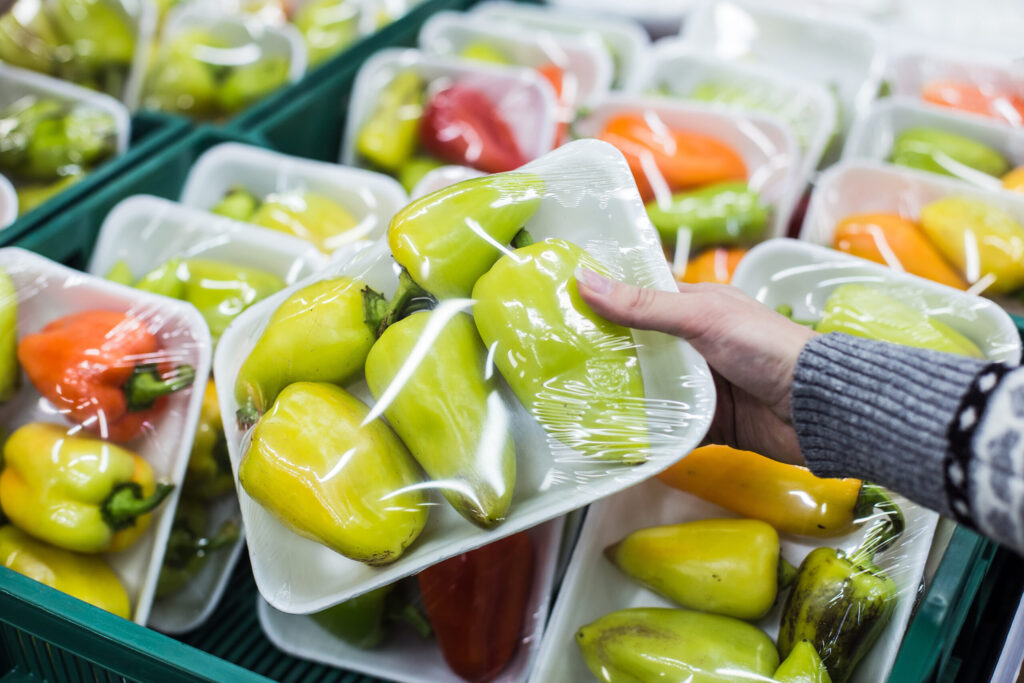From Farm to Table: How Packaging Protects Fresh Produce During Distribution
The journey of fresh produce from the farm to your dining table is a complex one. It involves a series of steps, including harvesting, packaging, transportation, storage, and finally, retail display. Each step presents challenges that could compromise the quality, safety, and freshness of fruits and vegetables. This is where packaging plays an indispensable role. It acts as a protective shield, preserving the integrity and nutritional value of produce while reducing food waste. In this article, we explore the vital role of packaging in safeguarding fresh produce throughout its distribution journey.
The Importance of Packaging in Fresh Produce Distribution
Fresh fruits and vegetables are highly perishable. They are vulnerable to physical damage, moisture loss, microbial contamination, and environmental factors such as temperature and humidity. Inadequate protection can lead to spoilage, diminished quality, and economic losses. Packaging provides a barrier against these threats, ensuring that the produce reaches consumers in optimal condition.
Functions of Packaging for Fresh Produce
Protection from Physical Damage
During transportation, produce is subjected to handling, stacking, and movement. Improper handling can cause bruising, crushing, and other mechanical damage. Packaging, such as plastic crates or corrugated boxes, cushions the produce, minimizing impact and maintaining its structural integrity.Maintaining Freshness and Nutritional Value
The freshness of produce depends on its moisture content and respiration rate. Packaging helps regulate humidity and gas exchange, slowing down the ripening process. Modified Atmosphere Packaging (MAP) and Perforated Plastic Bags are commonly used to control oxygen and carbon dioxide levels, extending the shelf life of fruits and vegetables.Barrier Against Contamination
Produce is susceptible to contamination from dust, dirt, insects, and microorganisms. Proper packaging forms a hygienic barrier, preventing contamination and ensuring food safety. This is particularly important for ready-to-eat fruits and vegetables.Temperature Control
Temperature fluctuations can cause produce to spoil or lose its nutritional value. Insulated packaging and refrigerated transportation help maintain a consistent temperature, preserving freshness during long-distance shipping.Convenience and Marketing
Beyond protection, packaging serves as a convenient unit for handling and selling. It also provides branding opportunities, with labels displaying product information, nutritional facts, and usage instructions. Attractive and informative packaging enhances consumer appeal and trust.
Types of Packaging Used for Fresh Produce
Plastic Bags and Films
Plastic bags are lightweight and cost-effective, often used for smaller, pre-portioned produce. They are available in perforated designs that allow for adequate ventilation and moisture control.Corrugated Boxes
Corrugated boxes are sturdy and versatile, providing robust protection during transportation. They are often used for bulk packaging and are stackable, optimizing space in storage and transport vehicles.Clamshell Containers
Clamshell containers are transparent, rigid plastic cases that provide visibility and protection. They are commonly used for delicate fruits like berries and grapes, reducing handling and the risk of crushing.Net Bags
Net bags are breathable and flexible, suitable for produce that requires air circulation, such as onions, potatoes, and citrus fruits. They are lightweight and provide excellent visibility of the product.Active and Intelligent Packaging
These advanced packaging solutions monitor and maintain the quality of produce. Active packaging can release or absorb gases to control the internal atmosphere, while intelligent packaging uses sensors or indicators to provide information about the product’s freshness.
Challenges and Innovations in Fresh Produce Packaging
While packaging is crucial for protecting fresh produce, it also contributes to environmental pollution. Single-use plastics and non-biodegradable materials are significant environmental concerns. However, the industry is evolving with innovative solutions, including:
- Biodegradable and Compostable Packaging: Made from natural fibers or bio-based polymers, these reduce plastic waste and environmental impact.
- Edible Coatings: Applied directly to the surface of produce, edible coatings extend shelf life without the need for conventional packaging.
- Smart Packaging Technologies: Sensors that detect spoilage or temperature changes are becoming more common, helping maintain product quality during distribution.
Fresh Produce Packaging
From the moment produce is harvested to when it reaches the consumer’s table, packaging plays a critical role in preserving its freshness, safety, and nutritional value. It protects against physical damage, contamination, moisture loss, and temperature fluctuations while offering convenience and marketing benefits. As consumer demand for fresh, high-quality produce continues to grow, the packaging industry must innovate to balance protection with sustainability.
By embracing eco-friendly materials and smart technologies, the future of fresh produce packaging is poised to become more efficient and environmentally responsible. As we continue to explore new ways to protect and deliver fresh produce, the journey from farm to table will become even more sustainable and effective.

